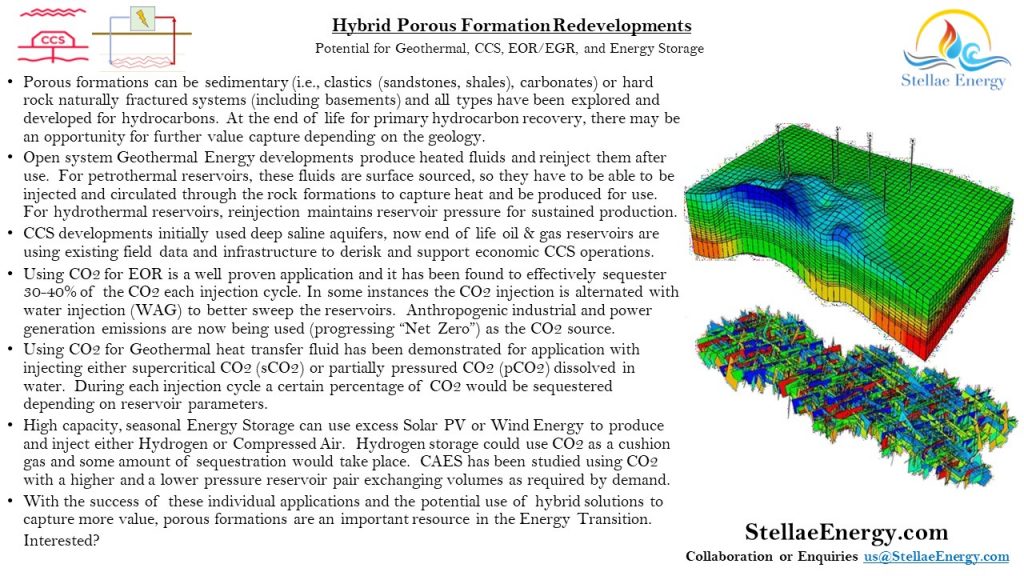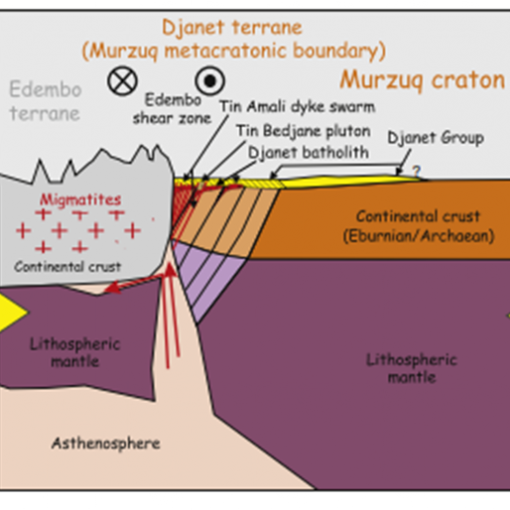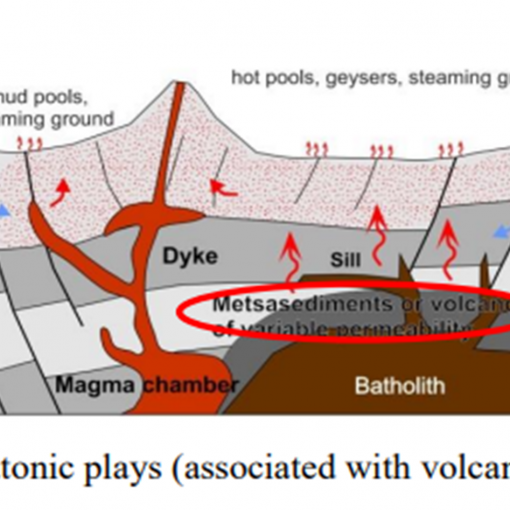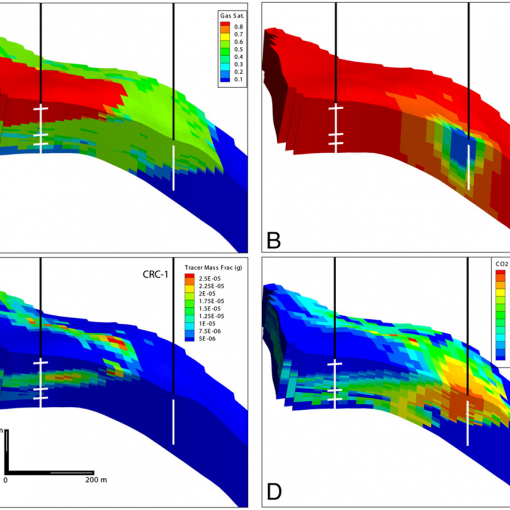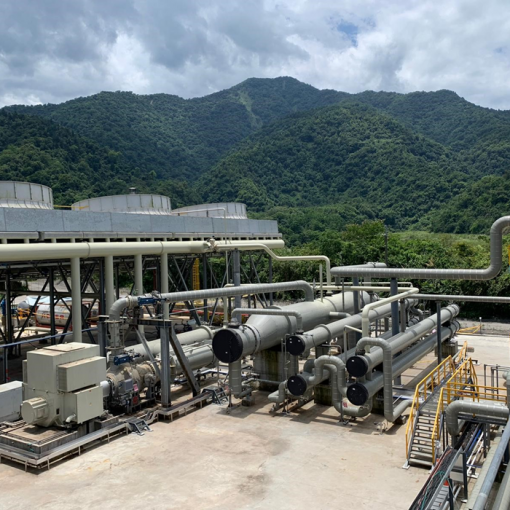Potential for Geothermal, CCS, EOR/EGR, and Energy Storage
End of life, depleted hydrocarbon, porous formations, either sedimentary or naturally fractured systems, are valuable assets with existing data and infrastructure potentially able to be repurposed for hybrid redevelopments. Additional value is able to be investigated and captured with potential combinations of Geothermal, CCS, EOR, and Energy Storage. Reusing existing assets reduces carbon footprints and defers potential abandonment. Existing data derisks subsequent use of these formations.
For collaboration or enquiries, contact us@stellaeenergy.com .
geothermalenergy #carbonstorage #eor #energystorage #circulareconomy #energytransition
- Porous formations can be sedimentary (i.e., clastics (sandstones, shales), carbonates) or hard rock naturally fractured systems (including basements) and all types have been explored and developed for hydrocarbons. At the end of life for primary hydrocarbon recovery, there may be an opportunity for further value capture depending on the geology.
- Open system Geothermal Energy developments produce heated fluids and reinject them after use. For petrothermal reservoirs, these fluids are surface sourced, so they have to be able to be injected and circulated through the rock formations to capture heat and be produced for use. For hydrothermal reservoirs, reinjection maintains reservoir pressure for sustained production.
- CCS developments initially used deep saline aquifers, now end of life oil & gas reservoirs are using existing field data and infrastructure to derisk and support economic CCS operations.
- Using CO2 for EOR is a well proven application and it has been found to effectively sequester 30-40% of the CO2 each injection cycle. In some instances the CO2 injection is alternated with water injection (WAG) to better sweep the reservoirs. Anthropogenic industrial and power generation emissions are now being used (progressing “Net Zero”) as the CO2 source.
- Using CO2 for Geothermal heat transfer fluid has been demonstrated for application with injecting either supercritical CO2 (sCO2) or partially pressured CO2 (pCO2) dissolved in water. During each injection cycle a certain percentage of CO2 would be sequestered depending on reservoir parameters.
- High capacity, seasonal Energy Storage can use excess Solar PV or Wind Energy to produce and inject either Hydrogen or Compressed Air. Hydrogen storage could use CO2 as a cushion gas and some amount of sequestration would take place. CAES has been studied using CO2 with a higher and a lower pressure reservoir pair exchanging volumes as required by demand.
- With the success of these individual applications and the potential use of hybrid solutions to capture more value, porous formations are an important resource in the Energy Transition.
